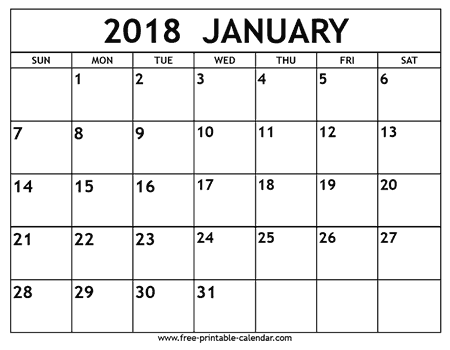Prekinder to Grade 2 Mathematics
A Week
A Week

This is Blublubox, a friendly alien from the planet BleBeep who is visiting the Earth. He'd like to find out about how Earthlings measure time. Today he's interested in finding out what a week is. Let's see if we can help him.
What is a week?
A week is a time period made up of seven days. Each of the seven days in a week has its own name. They are
| Day | Abbreviation |
|---|---|
| Monday | Mon |
| Tuesday | Tue (or Tues) |
| Wednesday | Wed |
| Thursday | Thu (or Thurs) |
| Friday | Fri |
| Saturday | Sat |
| Sunday | Sun |
On Earth, we use calendars to show all the days of the year. The order of the days given above is the same as the order used on some calendars. Other calendars like the one shown below start their weeks with Sunday, and order their days as Sunday, Monday, Tuesday, Wednesday, Thursday, Friday, Saturday.

A week does not need to start with Sunday or Monday. It can start on any day you like, just so long as it includes seven days in a row.
For example, the days Thursday, Friday, Saturday, Sunday, Monday, Tuesday, and Wednesday in that order form a week.
We can also measure a week from a particular time on one day through to the same time \(7\) days after it. The week will then start and end with the same day, like measuring from 9 pm on Tuesday through to 9 pm on the following Tuesday. You landed at 7 am on Saturday, Blublubox, so you will have been on Earth for one week at 7 am next Saturday.
Weekdays and Weekends
Maybe you've heard Earthlings talk about weekdays and weekends, Blublubox. Weekdays are the days when people usually go to school or work. Weekends are the days that they usually have off at the end of the week. So, in English-speaking countries, the weekend days are usually Saturday and Sunday, and the weekdays are usually Monday, Tuesday, Wednesday, Thursday and Friday.

Fortnights, Months and Years
Now Blublubox wants to know how we combine weeks to make up longer units of time. A fortnight (short for "fourteen nights") is a time period equal to two weeks. The lengths of the next longest time period, months
can be different. One month, February, usually has \(28\) days, or four weeks. However, in leap years, it has \(29\) days, which is \(4\) weeks and one day. Some months have \(30\) days.
These months have \(4\) weeks and two days. The rest of the months have \(31\) days, which is \(4\) weeks and \(3\) days.
We usually say that a year has \(52\) weeks, but this isn't quite right. In fact, a normal year has \(365\) days, which is \(52\) weeks and \(1\) day. A leap year has \(366\) days, which is
\(52\) weeks and \(2\) days. Leap years happen approximately every \(4\) years.
Conclusion
So, Blublubox, that's all I can tell you about the time period called a week. If you want to find out more about time units on Earth, you can read the articles on days, months and years. There are also some articles on telling the time that might interest you.
Description
This mini book covers the core of Math for Foundation, Grade 1 and Grade 2 mathematics including
- Numbers
- Addition
- Subtraction
- Division
- Algebra
- Geometry
- Data
- Estimation
- Probability/Chance
- Measurement
- Time
- Money
- and much more
This material is provided free of cost for Parent looking for some tricks for their Prekinder, Kinder, Prep, Year 1 and Year 2 children
Audience
Grade 1/Year 1, Grade 2/Year 2, Prep, Foundation, Kinder and Pre-Kinder
Learning Objectives
These lessons are for kids aged 4-8 with the core objective to expose their brains to concepts of addition, subtraction, division, algebra and much more.
Author: Subject Coach
Added on: 6th Apr 2018
You must be logged in as Student to ask a Question.
None just yet!